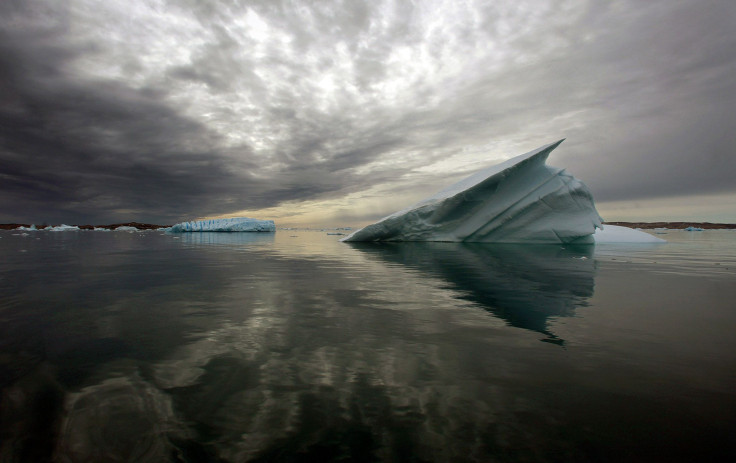Greenland May Be Losing Ice Nearly 8 Percent Faster Than Previously Believed

Scientists estimate that if the Greenland ice sheet, which covers nearly 80 percent of the island, were to melt entirely, global sea levels would rise by roughly 20 feet. Although this is a worst-case scenario that is unlikely to materialize anytime soon, a new study published in the journal Science Advances has shown that things are far from peachy.
The study makes use of new GPS data to provide an accurate assessment of the health of the Greenland ice sheet — already a major contributor to the rise of global sea levels. It reveals that Greenland is currently losing nearly 40 trillion pounds more ice than previous estimates had indicated.
This means that between 2003 and 2013, Greenland lost about 2,700 gigatons of ice, instead of 2,500 gigatons as previously believed — a difference of 7.6 percent.
“If you look at the last 15 years since we’ve been having these measurements, it’s clearly getting worse, the ice loss,” co-author Michael Bevis from Ohio State University told the Associated Press. “It is pretty scary.”
The Greenland ice sheet is the second largest freshwater ice body in the world. The sheet, which currently covers an area of about 656,000 square miles — three times the size of Texas — has been inexorably melting since the last glacial maximum occurred 20,000 years ago.
Once the ice sheet began melting — a process that has accelerated over the past decades due to anthropogenic climate change — the hot, viscous rocks in the underlying mantle began moving upward in a process known as viscous rebound.
“The Earth is a big elastic, like a spring: you put something heavy on it, it bends down. If that load decreases because it's melting away, then this upper spring rises,” Bevis told CBC News. “This is the first time we've been able to separate which part is elastic and which part is this viscous rebound.”
The researchers believe that the latest estimate of the rebound rate is more accurate than previous ones that failed to distinguish between the weight of the rocks that rose to replace the melting ice and the weight of real ice.
"This result is a detail, but it is an important detail,” Bevis said in a statement. “By refining the spatial pattern of mass loss in the world’s second largest — and most unstable — ice sheet, and learning how that pattern has evolved, we are steadily increasing our understanding of ice loss processes, which will lead to better-informed projections of sea level rise."
© Copyright IBTimes 2024. All rights reserved.





















